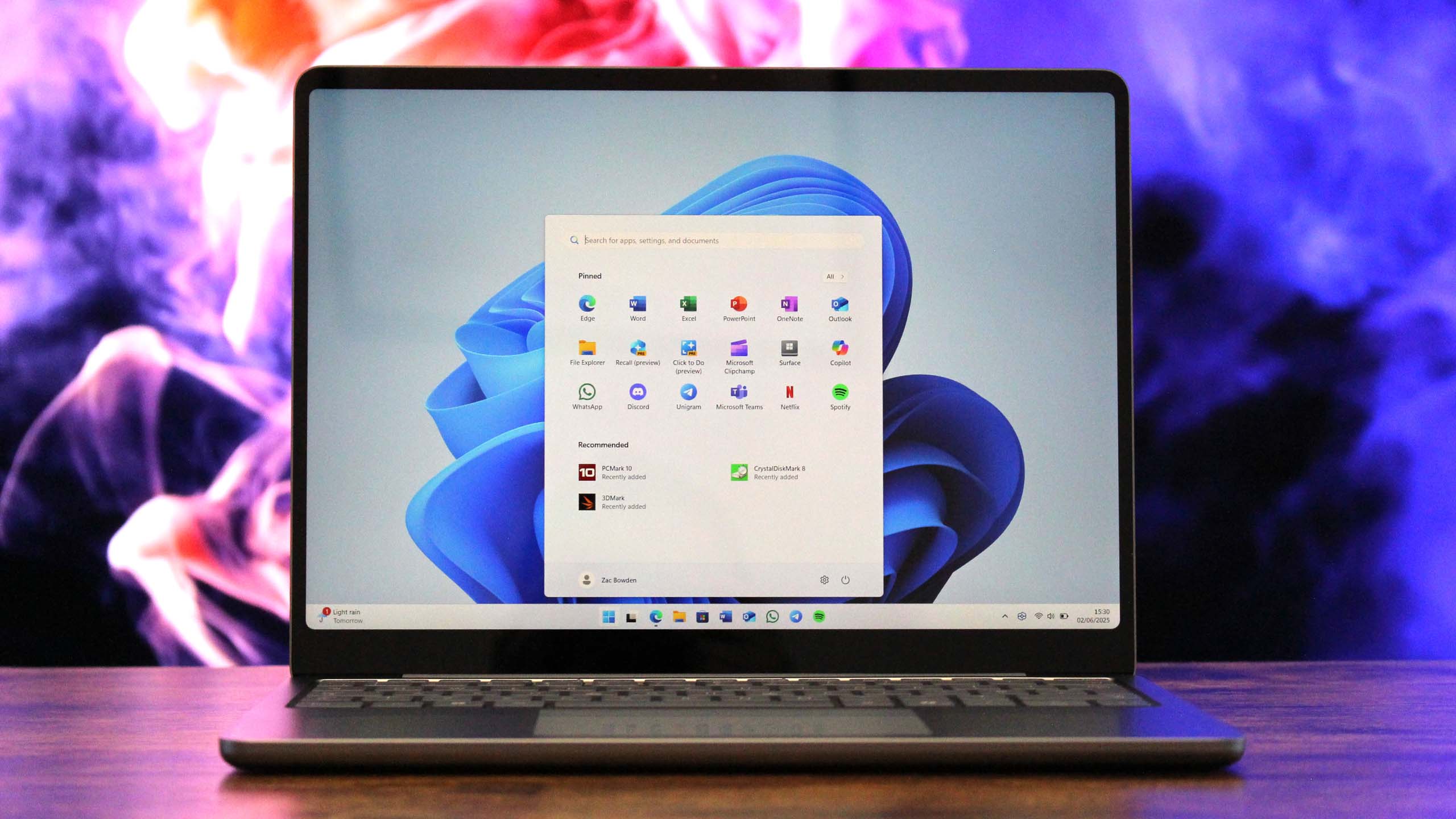
It appears that Windows 11 is poised to outpace Windows 10 in terms of worldwide market share. Over time, Windows 11 has been gradually catching up with its earlier version, and there was a substantial increase in its usage over the past month.
In my research, I observed a significant shift in the Windows market share between May and June. Specifically, according to StatCounter, Windows 11 expanded its share from 43.22% to 47.73%. Notably, this growth appears to have largely been at the cost of Windows 10, as its market share declined from 53.19% to 48.92% during the same period.
It’s likely that Windows 11 will surpass Windows 10 in popularity over the coming weeks.
It’s important to understand that these statistics represent the market share of different Windows operating system versions, not the overall number of desktops worldwide. As of June, all editions of Windows accounted for approximately 70.6% of the global market share in terms of desktop usage. Over the past year, the total market share of Windows on desktops has remained relatively stable.
Microsoft has been actively encouraging users to upgrade to Windows 11 in recent times. They’ve displayed full-screen notifications, launched an advertising campaign, and are developing a utility for seamless transfer of data and settings from a Windows 10 computer to one operating on Windows 11.
As a dedicated Windows user, I’m bracing myself for the impending change. The official end of support for Windows 10 is set for October 14, 2025. After this date, my trusty Windows 10 PC will no longer receive any free updates or technical assistance unless I’m willing to shell out some extra cash.
It’s common for people to need some time to get used to a new operating system. However, the transition from Windows 10 to Windows 11 has turned out to be more significant than the changes experienced in past upgrades.
I find myself in a predicament due to Microsoft’s stringent prerequisites for upgrading to Windows 11. Among these conditions is the compulsory use of a TPM 2.0 module, which leaves millions of PCs unable to make the transition. This situation forces many users like me into running an unsupported version of Windows or paying for additional support, purchasing a new computer, or even considering alternative operating systems such as ChromeOS or Linux.
Windows 11 boasts certain functionalities and abilities that weren’t found in Windows 10 before, however, these features have been around for a while. It’s probable that the surge in popularity of Windows 11 is primarily because the support for Windows 10 is drawing to a close.
Read More
- Masters Toronto 2025: Everything You Need to Know
- We Loved Both of These Classic Sci-Fi Films (But They’re Pretty Much the Same Movie)
- ‘The budget card to beat right now’ — Radeon RX 9060 XT reviews are in, and it looks like a win for AMD
- Valorant Champions 2025: Paris Set to Host Esports’ Premier Event Across Two Iconic Venues
- Forza Horizon 5 Update Available Now, Includes Several PS5-Specific Fixes
- Gold Rate Forecast
- Street Fighter 6 Game-Key Card on Switch 2 is Considered to be a Digital Copy by Capcom
- The Lowdown on Labubu: What to Know About the Viral Toy
- Karate Kid: Legends Hits Important Global Box Office Milestone, Showing Promise Despite 59% RT Score
- Mario Kart World Sold More Than 780,000 Physical Copies in Japan in First Three Days
2025-06-18 19:09